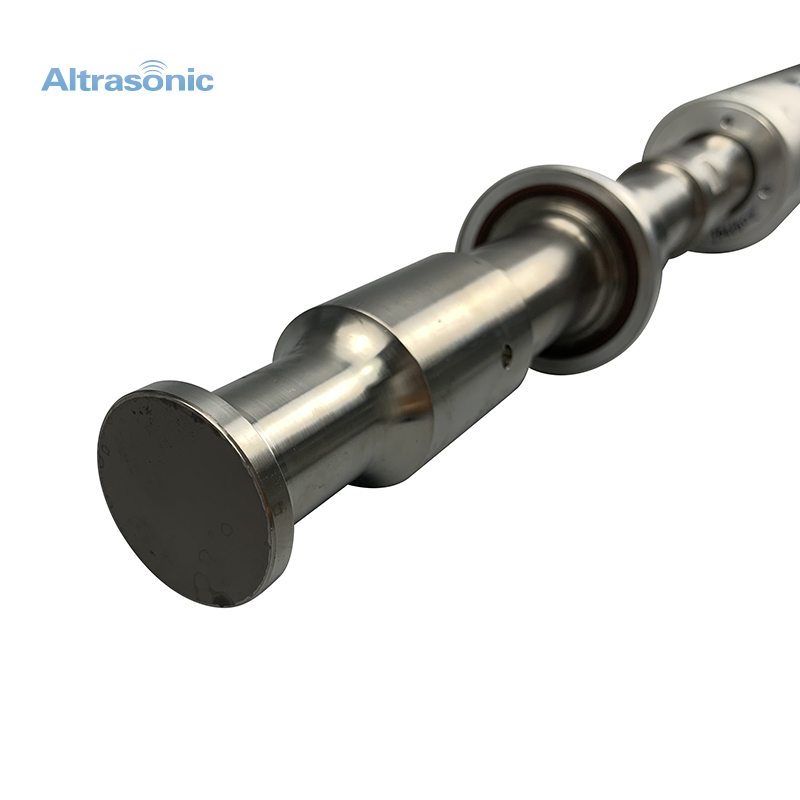Choosing the right homogenizer horn is an important step in most ultrasonic homogenization applications. Also called a probe, the horn is inserted into the sample and vibrates rapidly. This transfers ultrasonic energy to the sample; specifically, particles close to the horn are ejected by a large amount of energy.
The energy explosion and the vacuum formed each time the probe retracts during its vibrating motion will cause the formation and rupture of bubbles in the surrounding liquid. This process is called cavitation. Cavitation generates shear waves and shock waves, which promote a range of applications, including cell disruption, particle size reduction, emulsification, and dispersion.
There are a variety of probe types to choose from, with different sizes, shapes, and functions. Here, we look at the main factors to consider when deciding which speaker is suitable for your application and the different types of probes available.

There are many options that can influence your decision, including:
application
Container type
Sample size
Amplitude and intensity
Let's take a look at each of them in detail:
1. Application
Certain applications require special shaped speakers. For example, the cup angle is used to indirectly homogenize the sample enclosed in a sealed microtube, thereby keeping the sample cool. These are usually used in situations where the sample volume may be too low for direct probe ultrasonic processing, in which case a lower intensity or more diffuse ultrasonic energy is helpful.
In other cases, a mobile horn may be suitable. These allow you to handle semi-continuous sample streams and may have a water jacket to aid cooling. They can be used when online processes are preferred or when you want to exceed the batch capacity of an ultrasonic homogenizer.
Certain applications require homogenization of samples containing sandy solids. This may cause a lot of wear and pitting of the horn tip, thereby reducing its homogenization efficiency and service life. To maintain homogenization efficiency and help avoid the costs associated with regular speaker replacement, you can look for probes with replaceable tips.
2. Container Type
You may find it difficult to find a probe that fits the type of blood vessel you need. There are also some solutions in this regard.
However, in general, the container you choose should be suitable for your homogenization process. When the ultrasonic energy is released downward from the probe, you should use a container in which your liquid will be deeper than its width, and place the tip of the probe slightly closer to the surface of the liquid while ensuring that it will never be in the air flow.
3. Sample size
Most ultrasonic homogenizers are compatible with a series of standard probes, which come in various sizes, with specifications focusing on the tip diameter of the horn. When choosing a size, one of the first things you need to consider is the size of your sample to ensure that your probe is compatible.
4. Amplitude and intensity
Another consideration is the maximum amplitude that a given probe can reach, which is determined by its size. As the size of the probe increases, the wattage required to maintain a given amplitude also increases. Therefore, as the size of the probe increases, the maximum amplitude of the probe will decrease.
The effectiveness of ultrasonic treatment is affected by the cavitation intensity determined by the amplitude. The higher the amplitude, the higher the intensity of the ultrasonic treatment.



